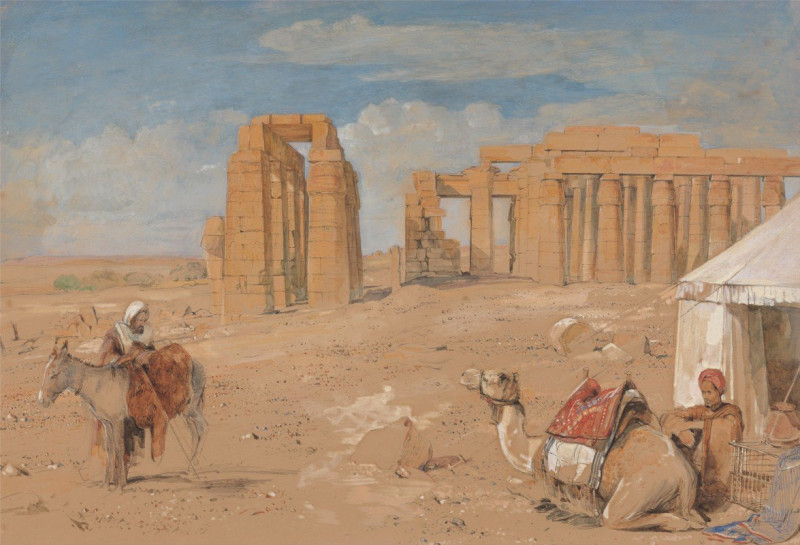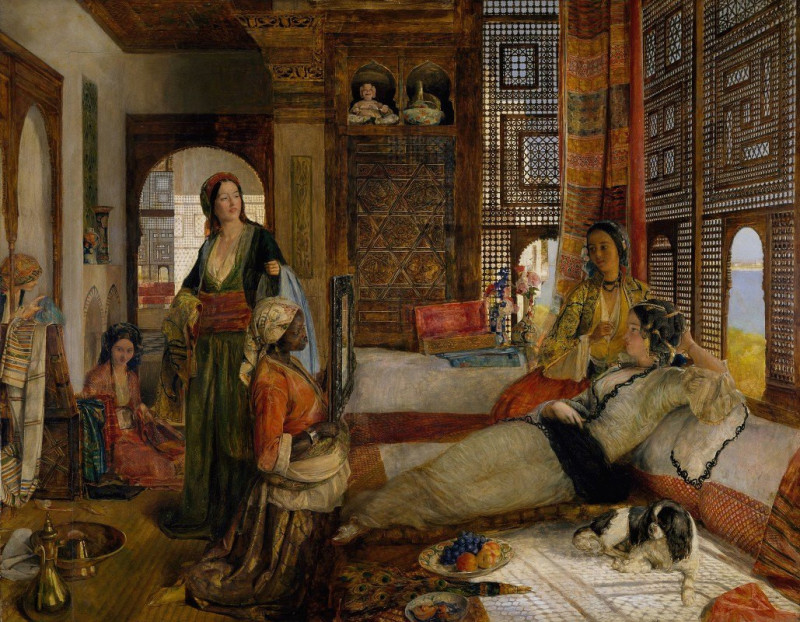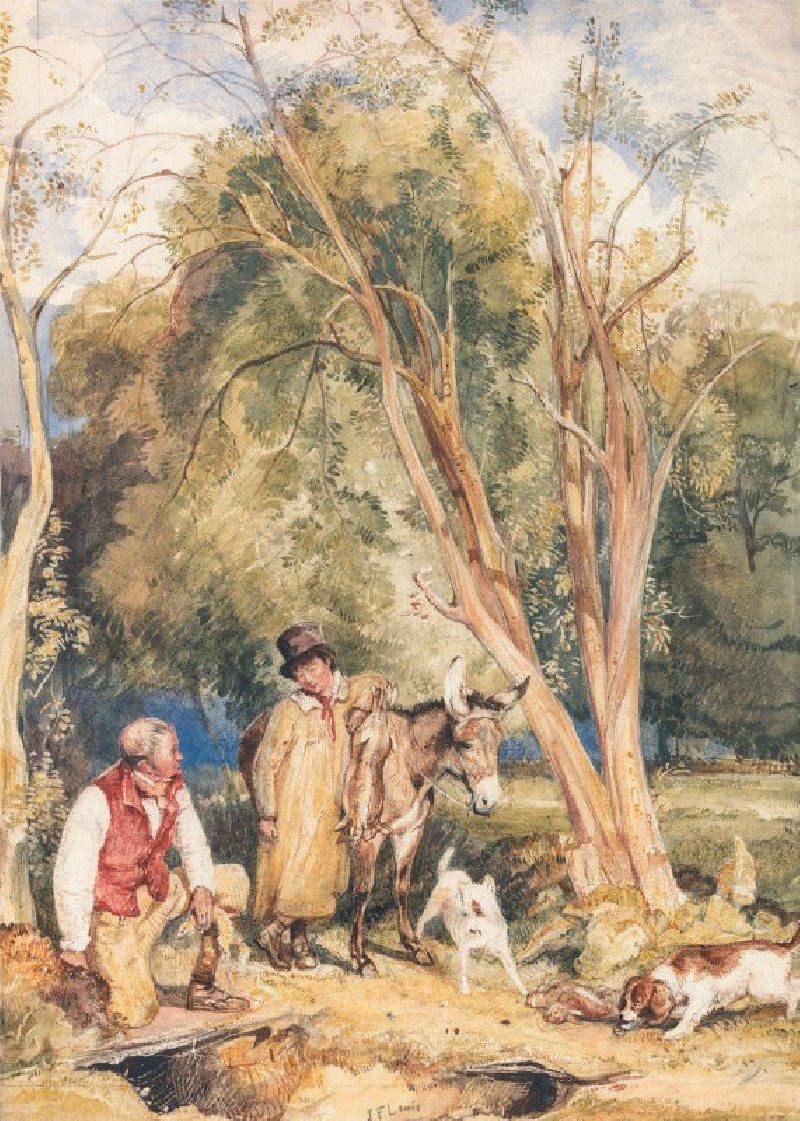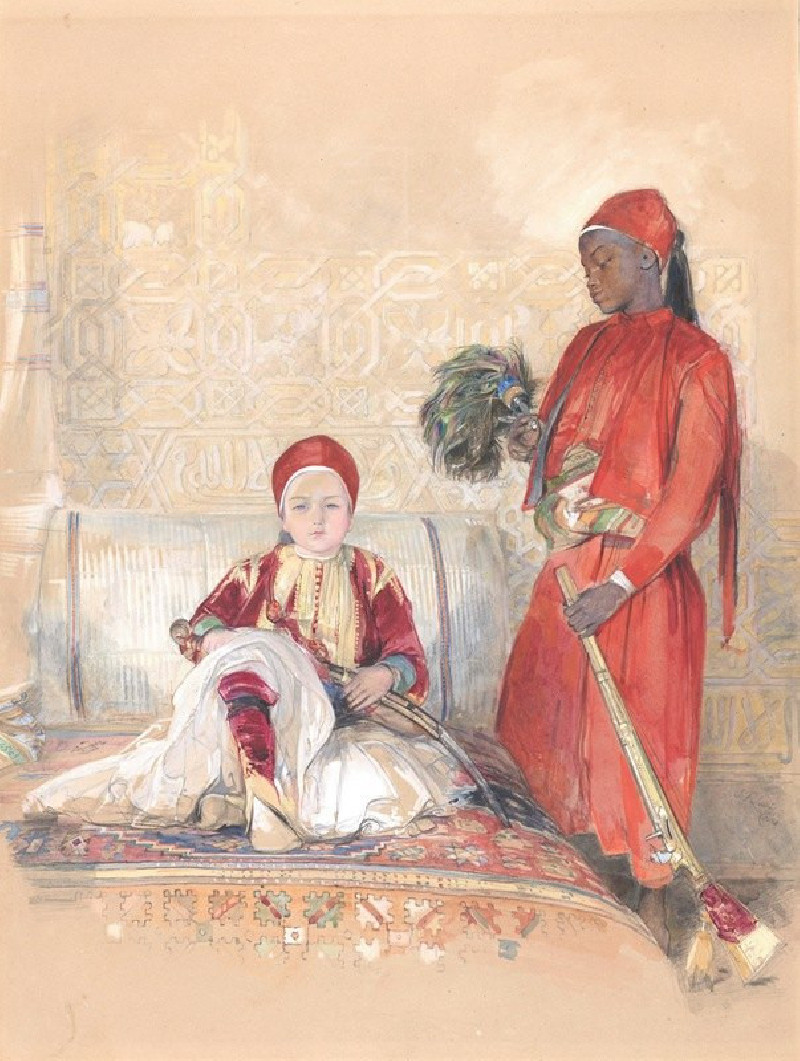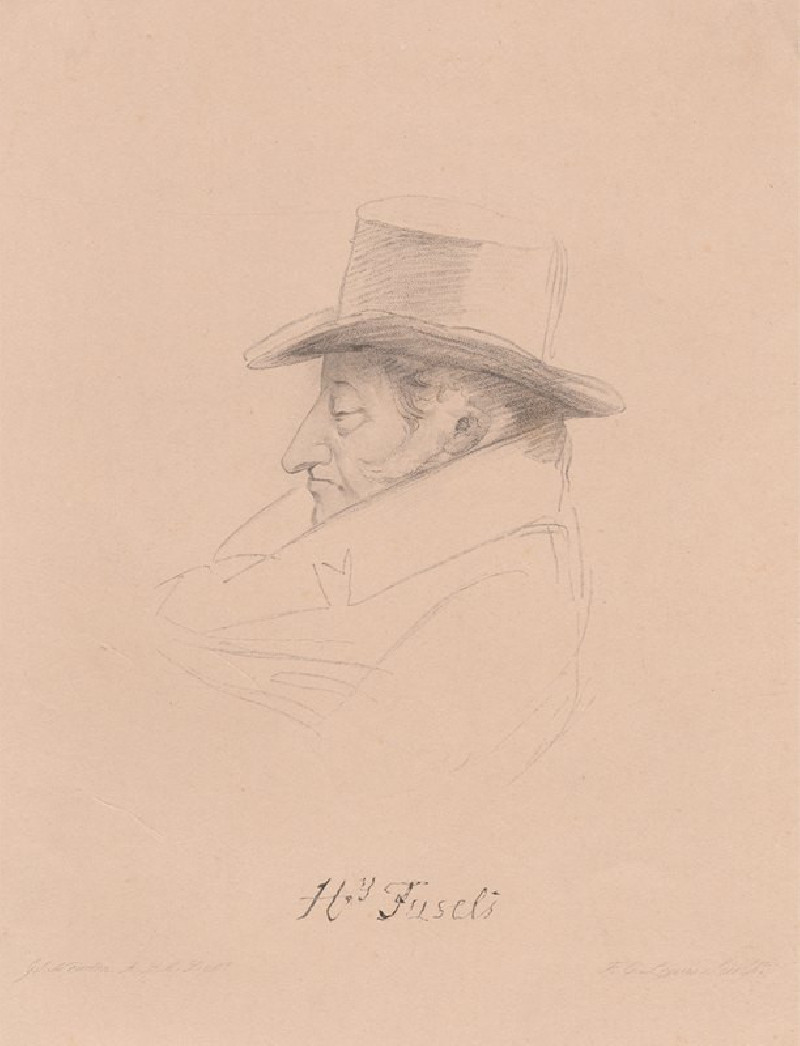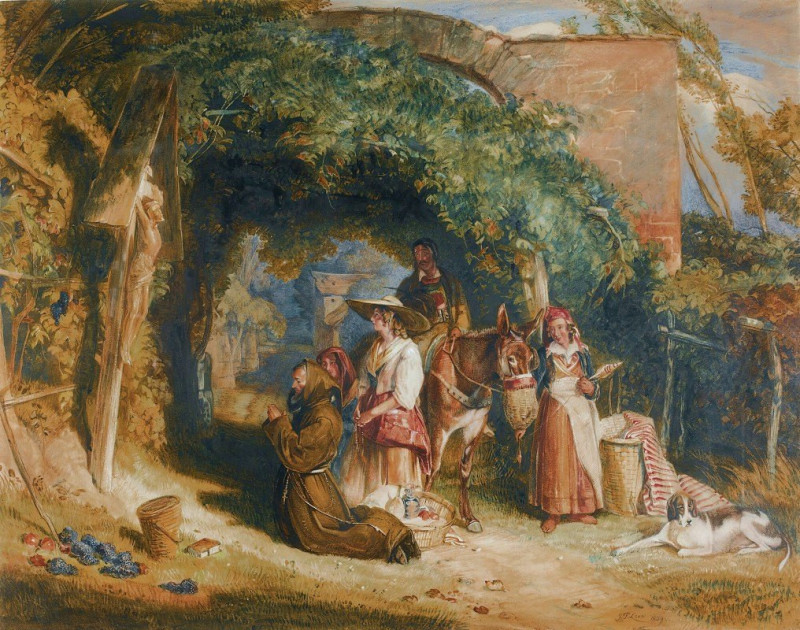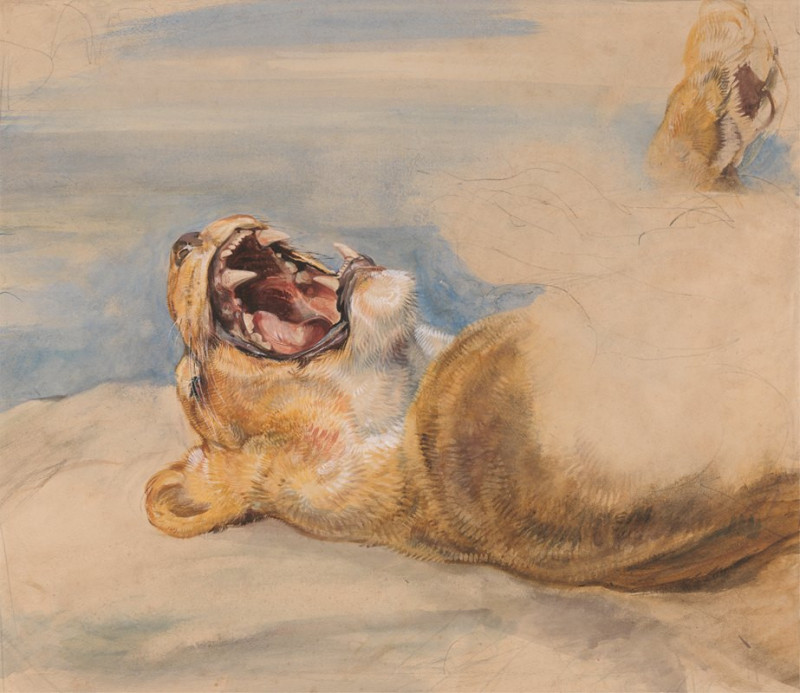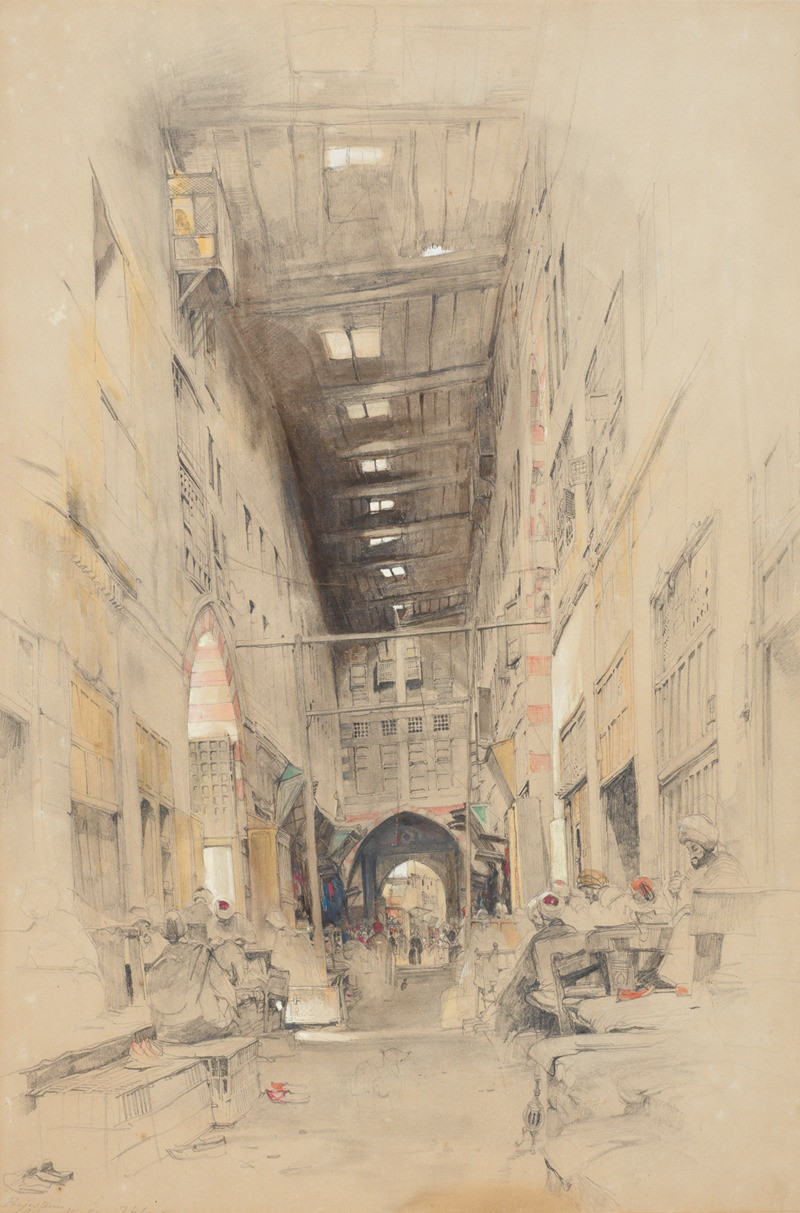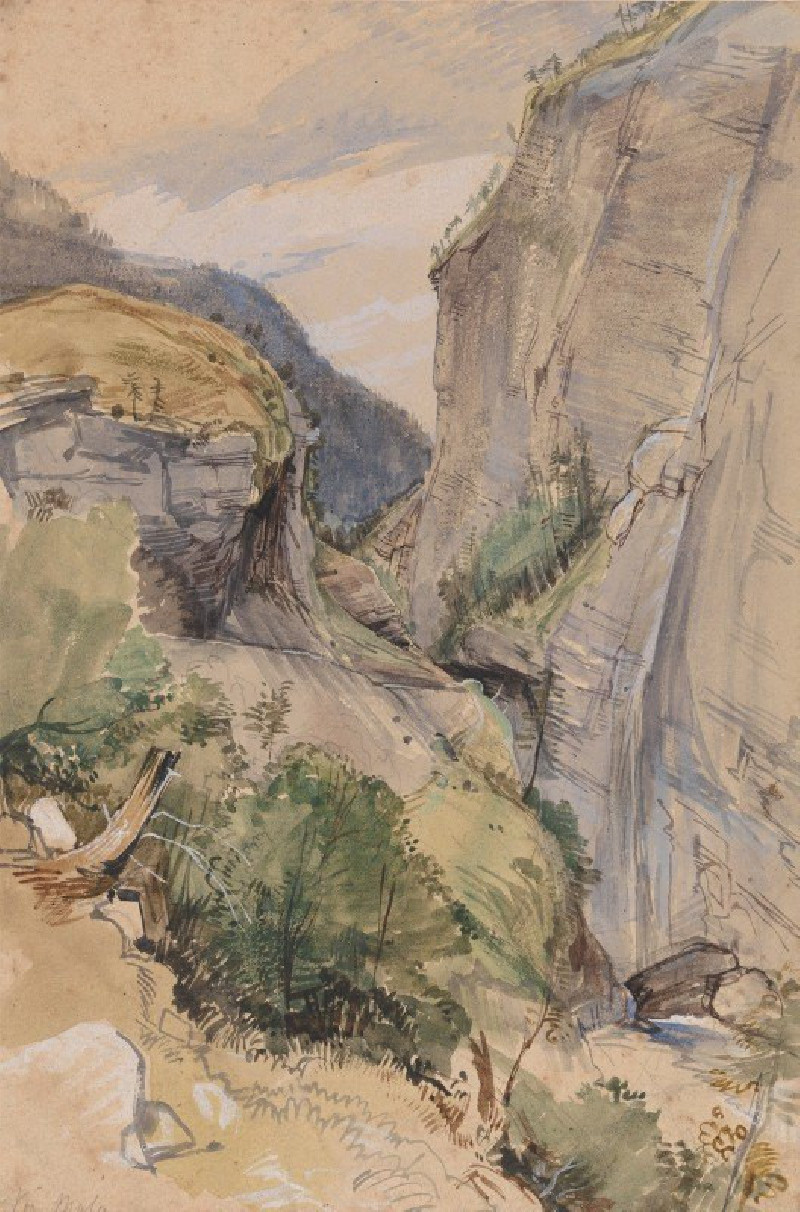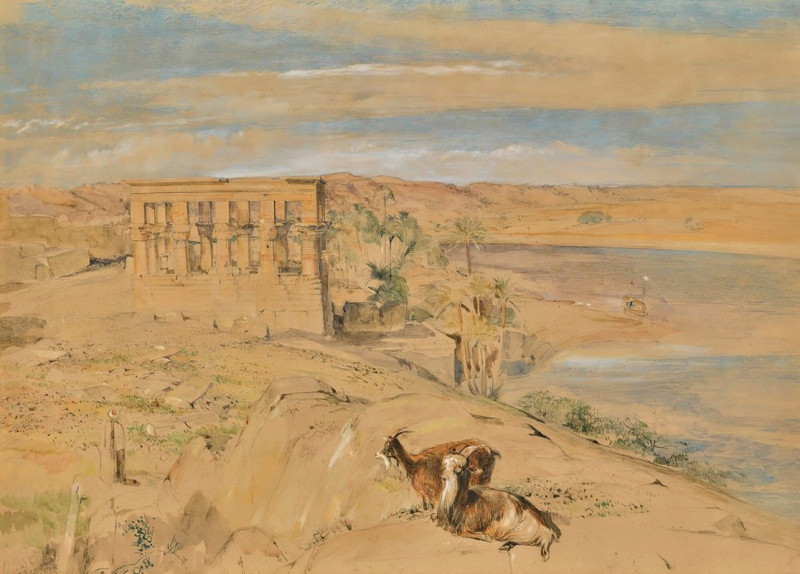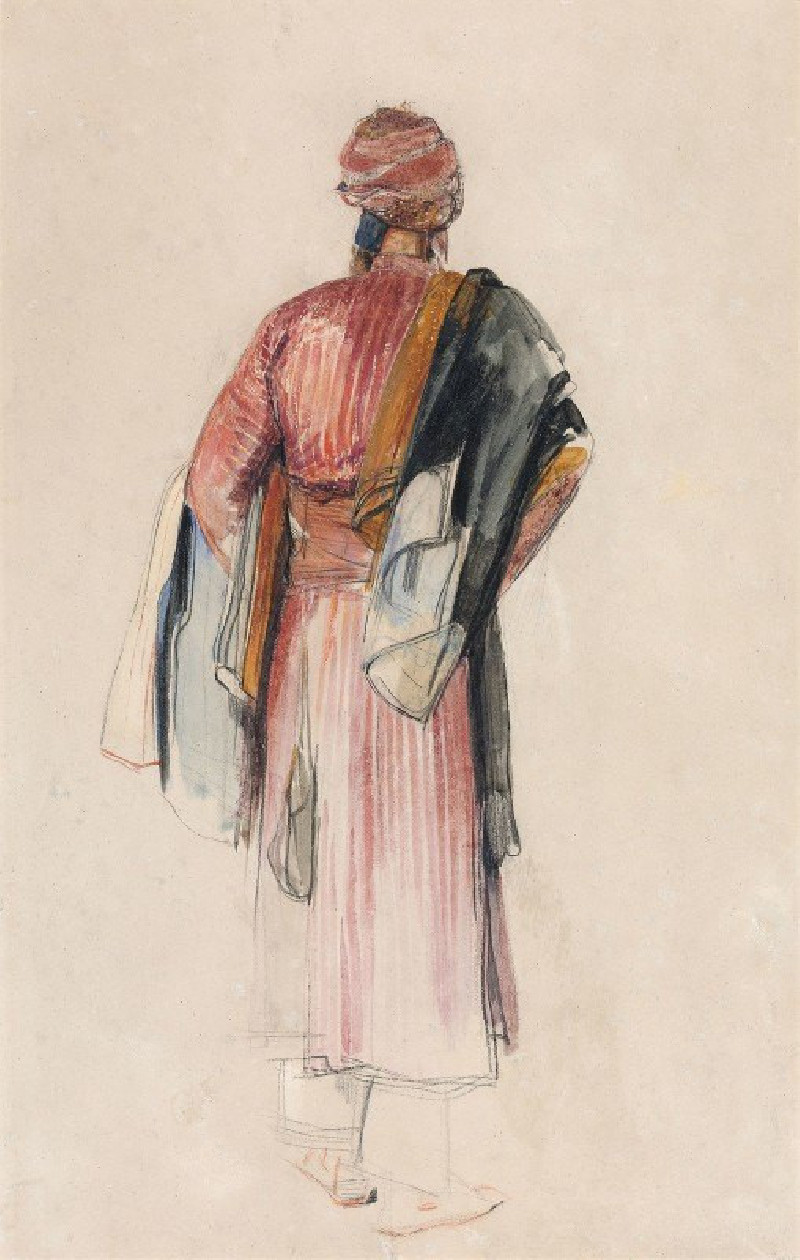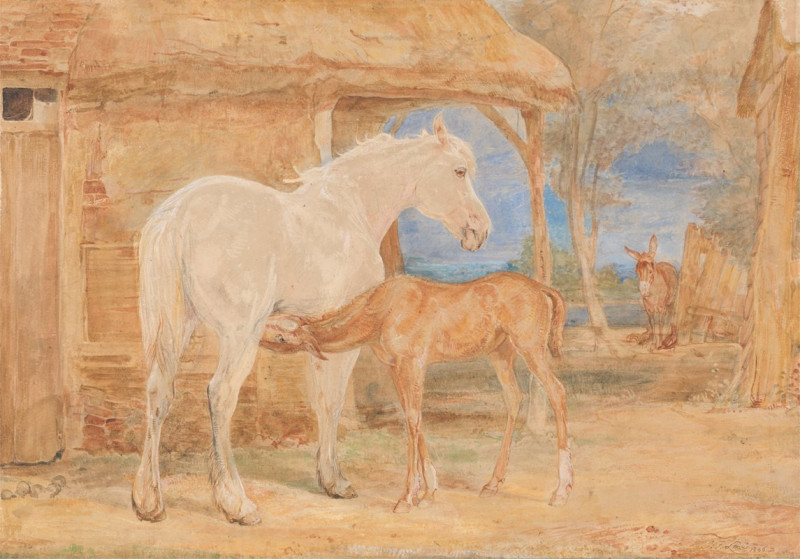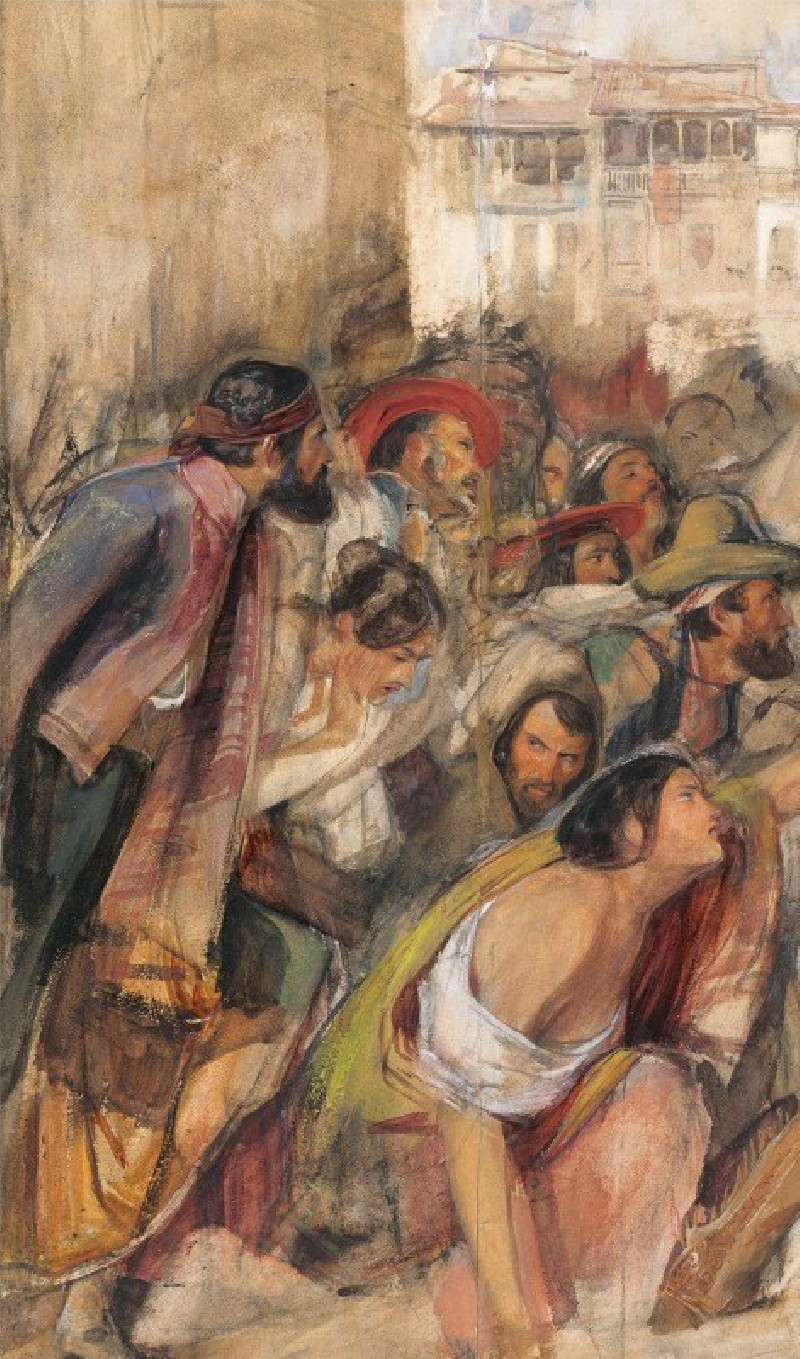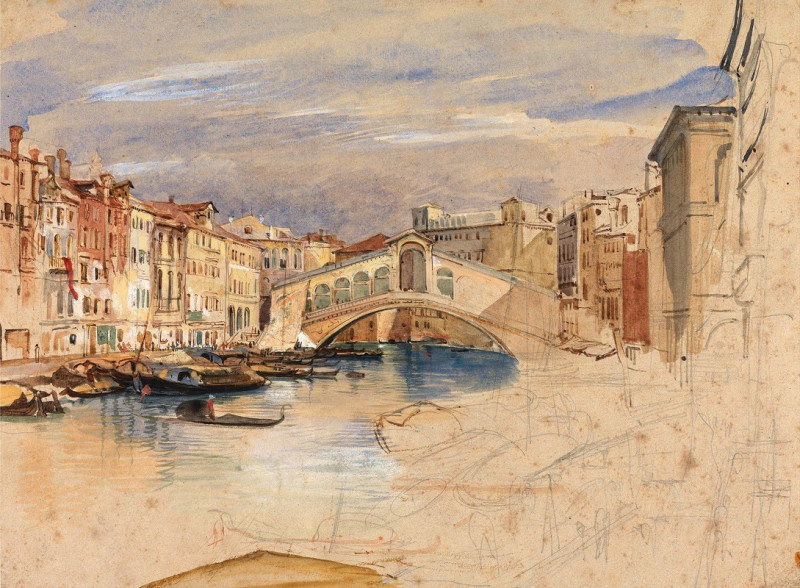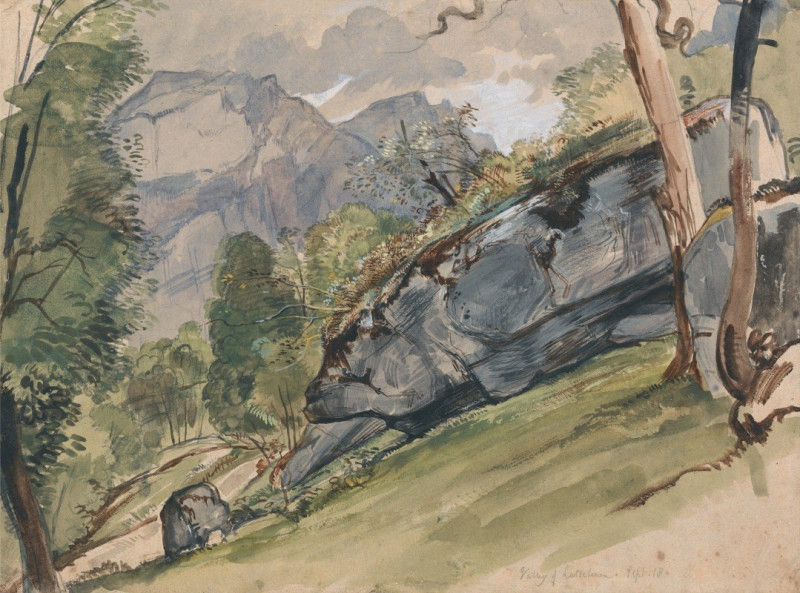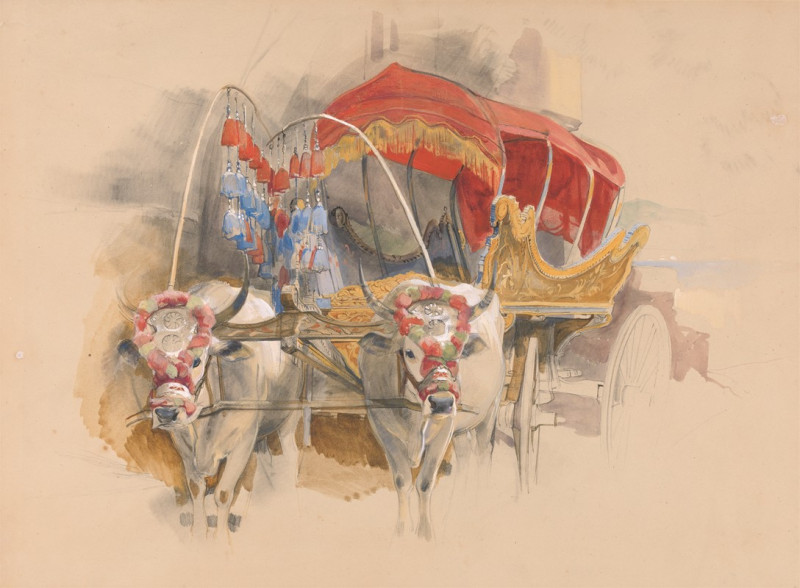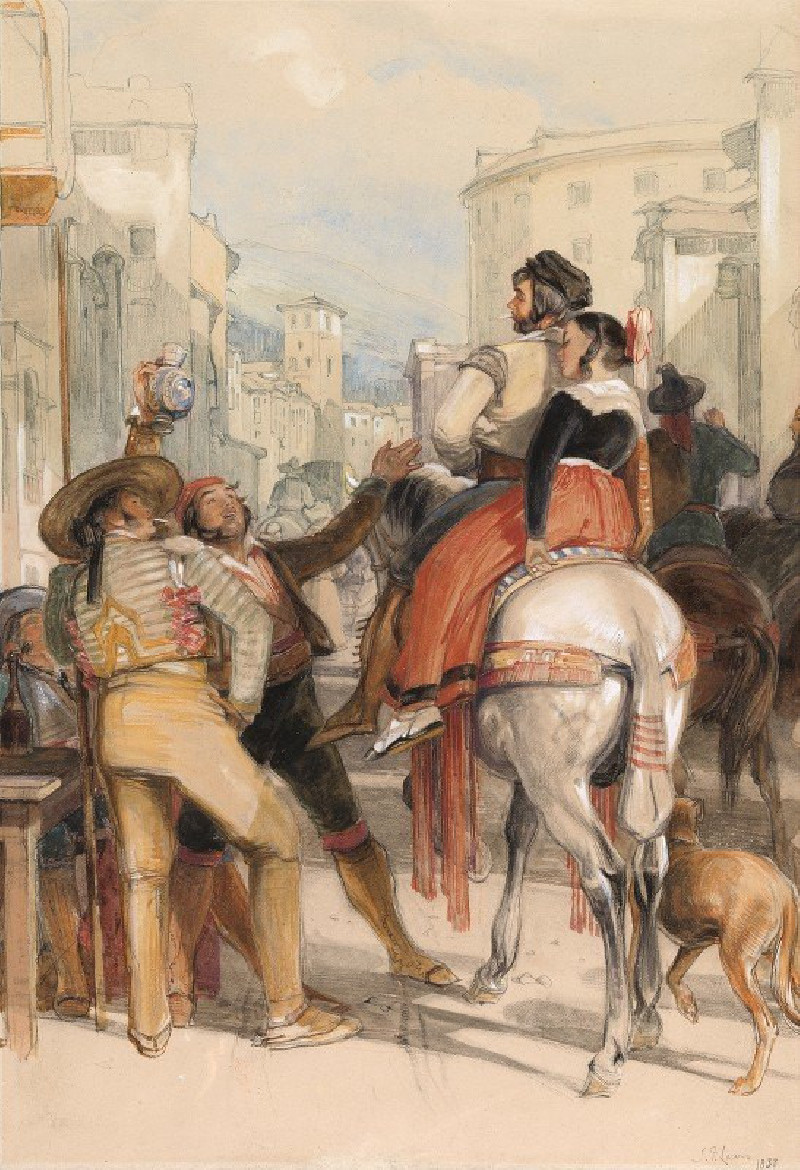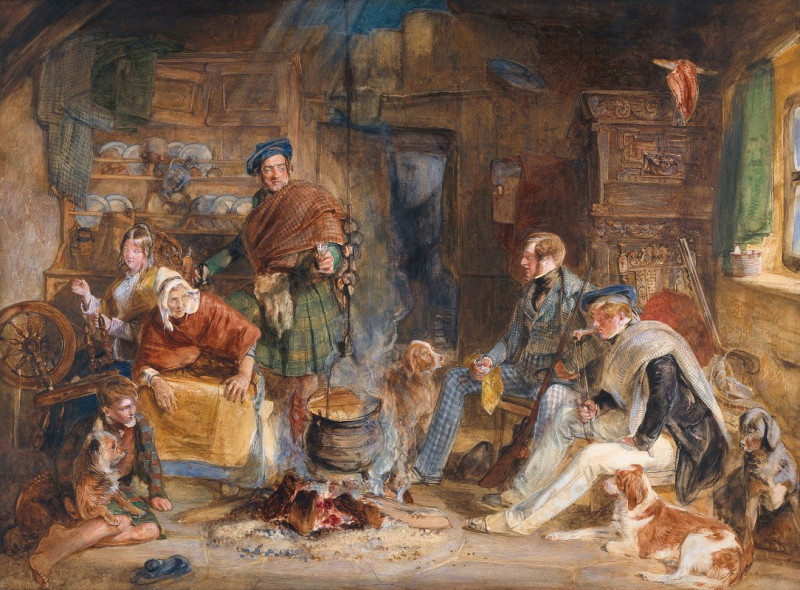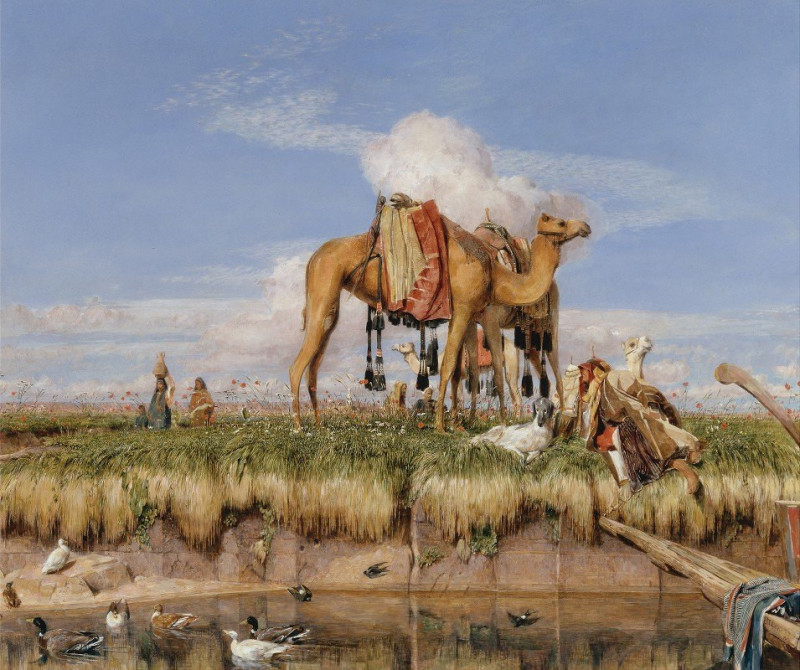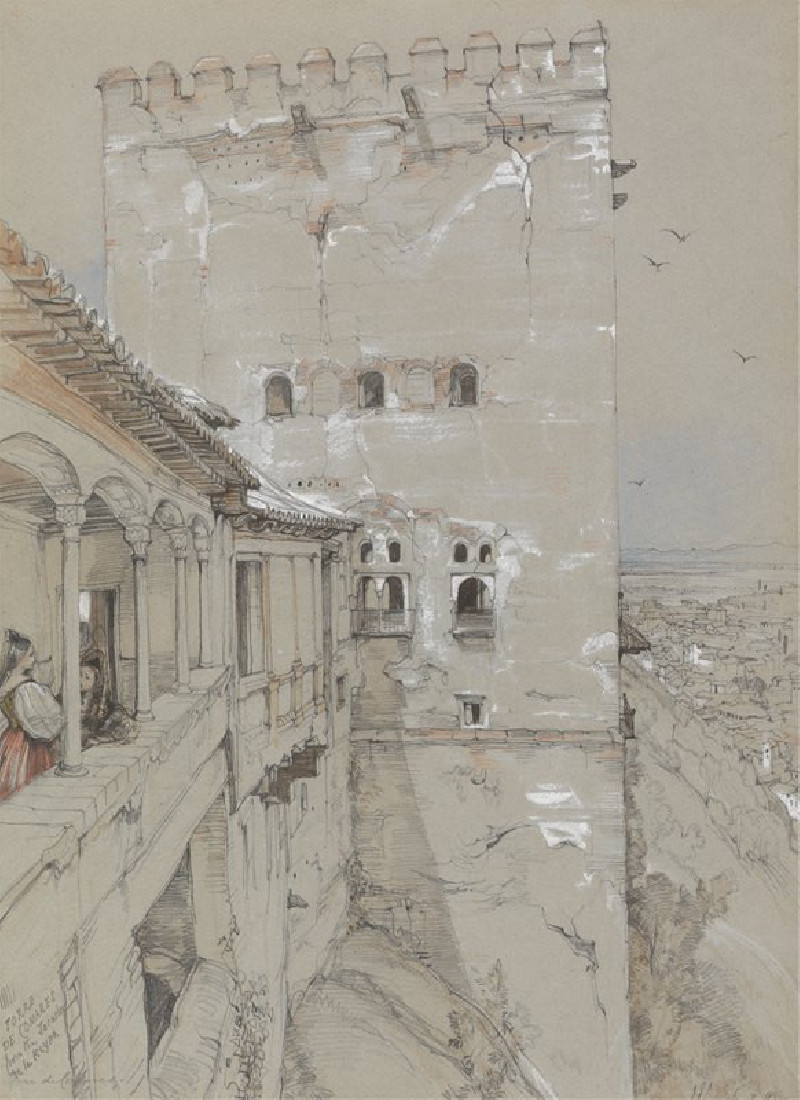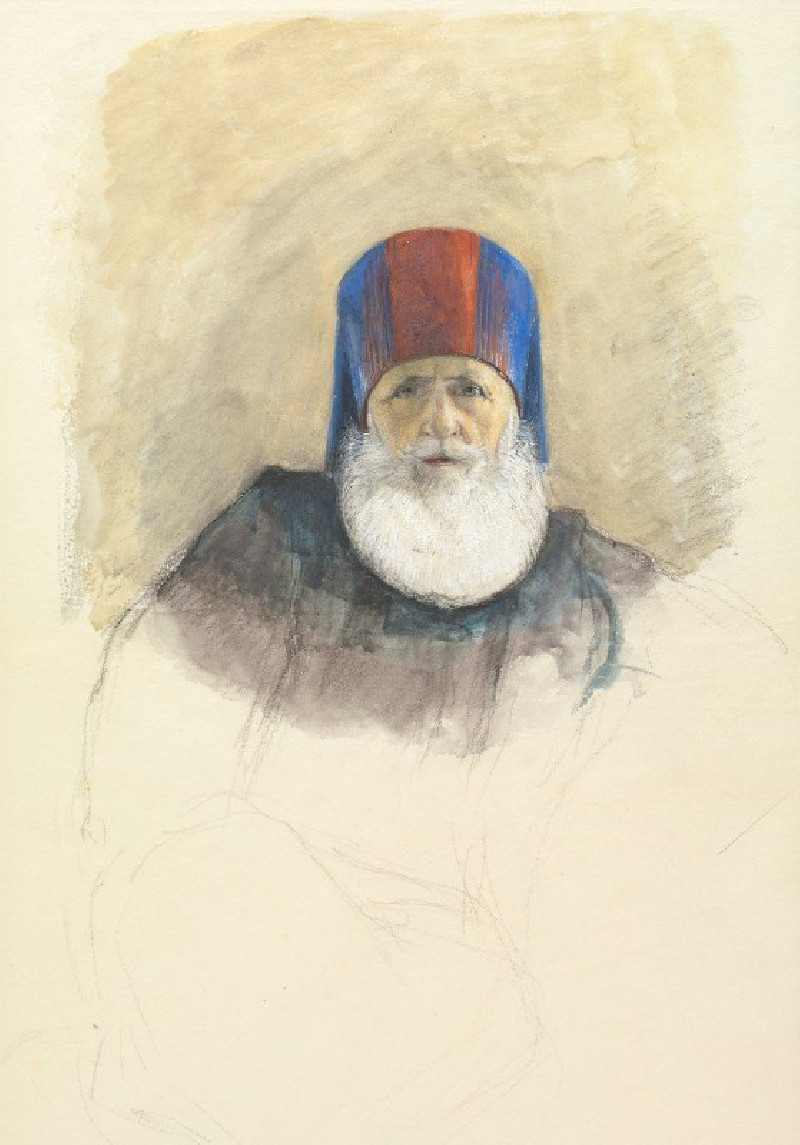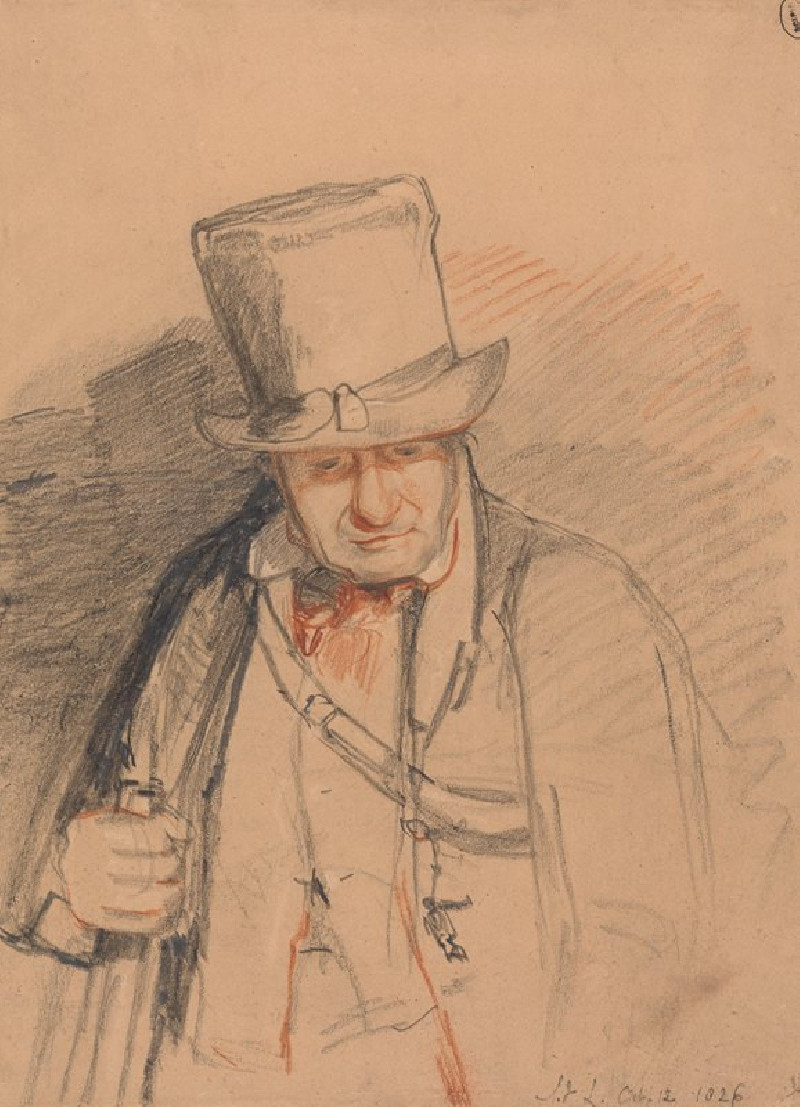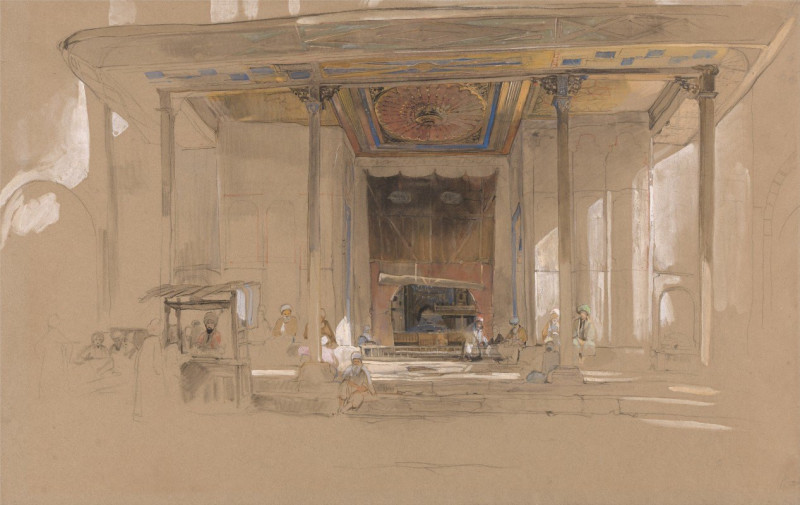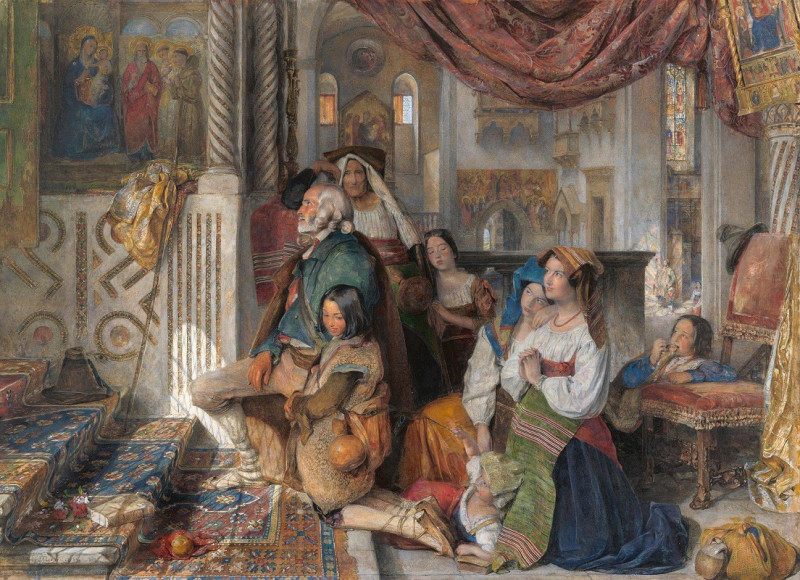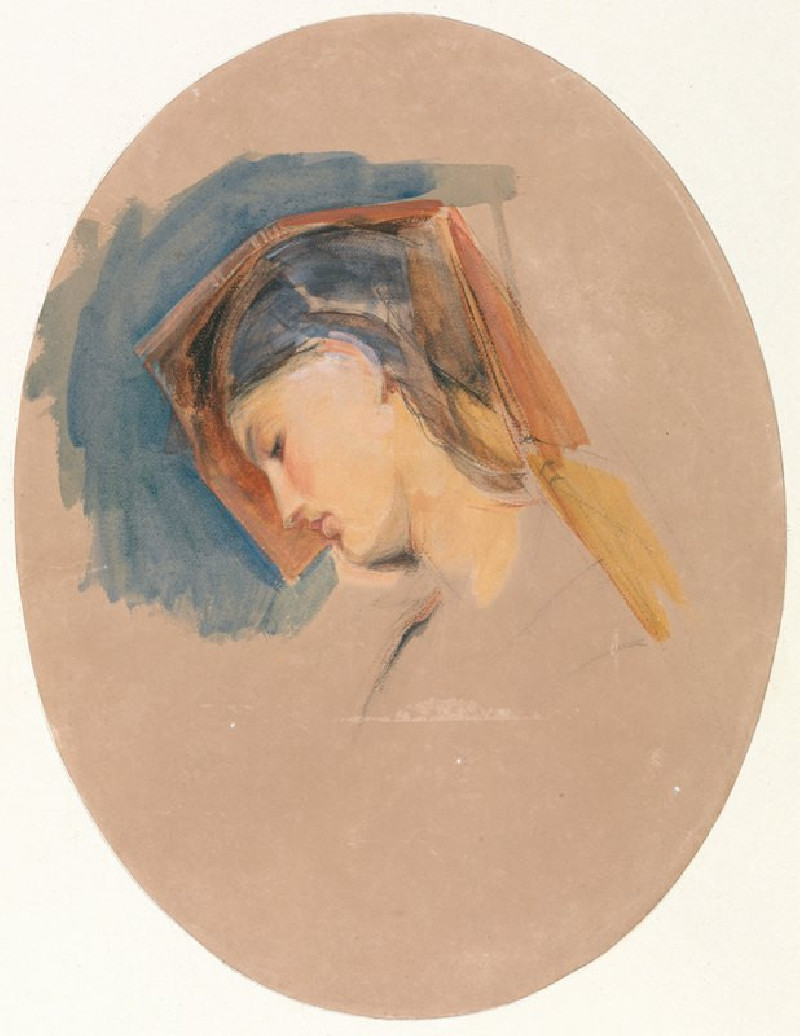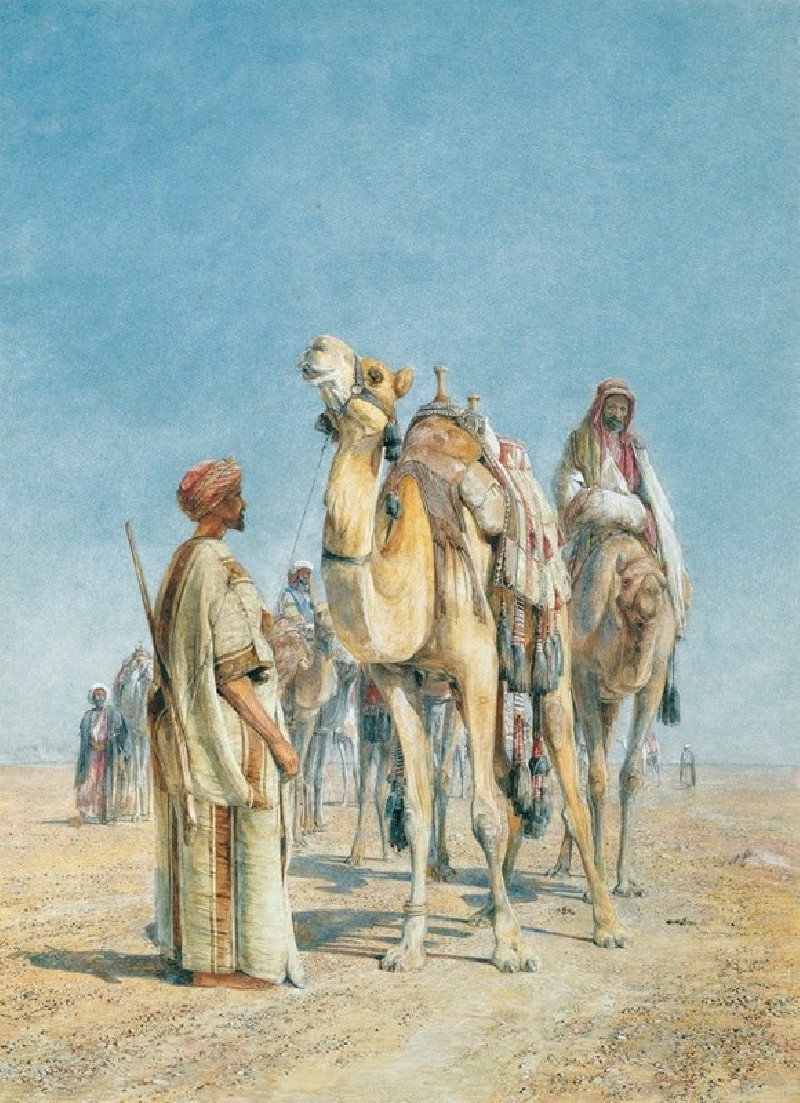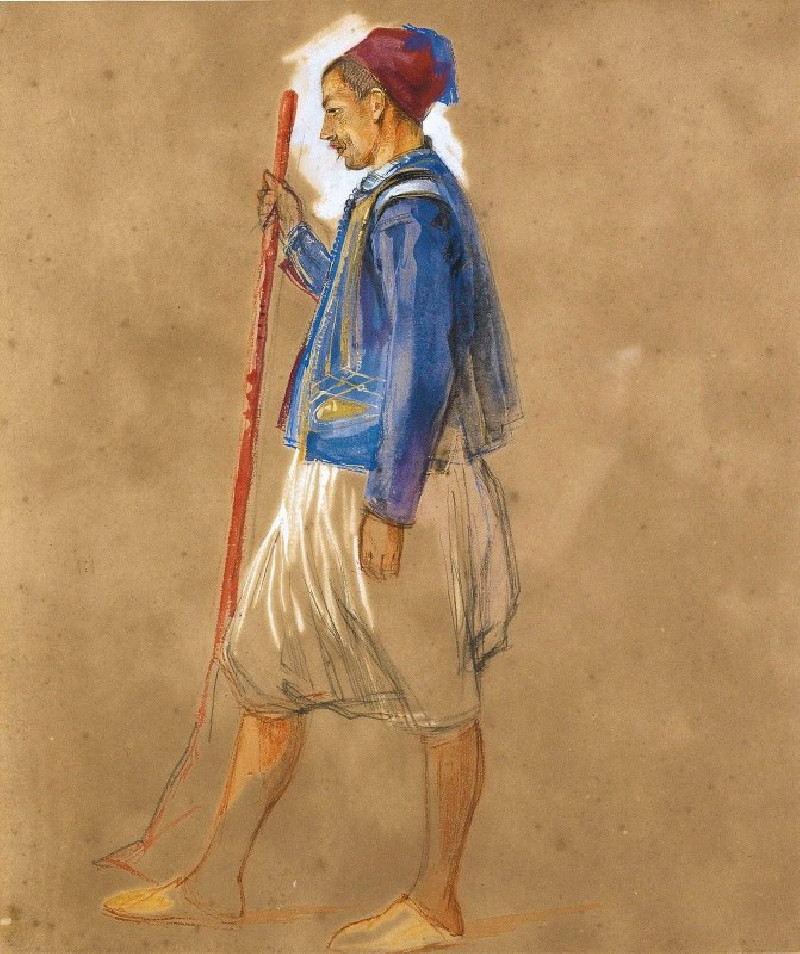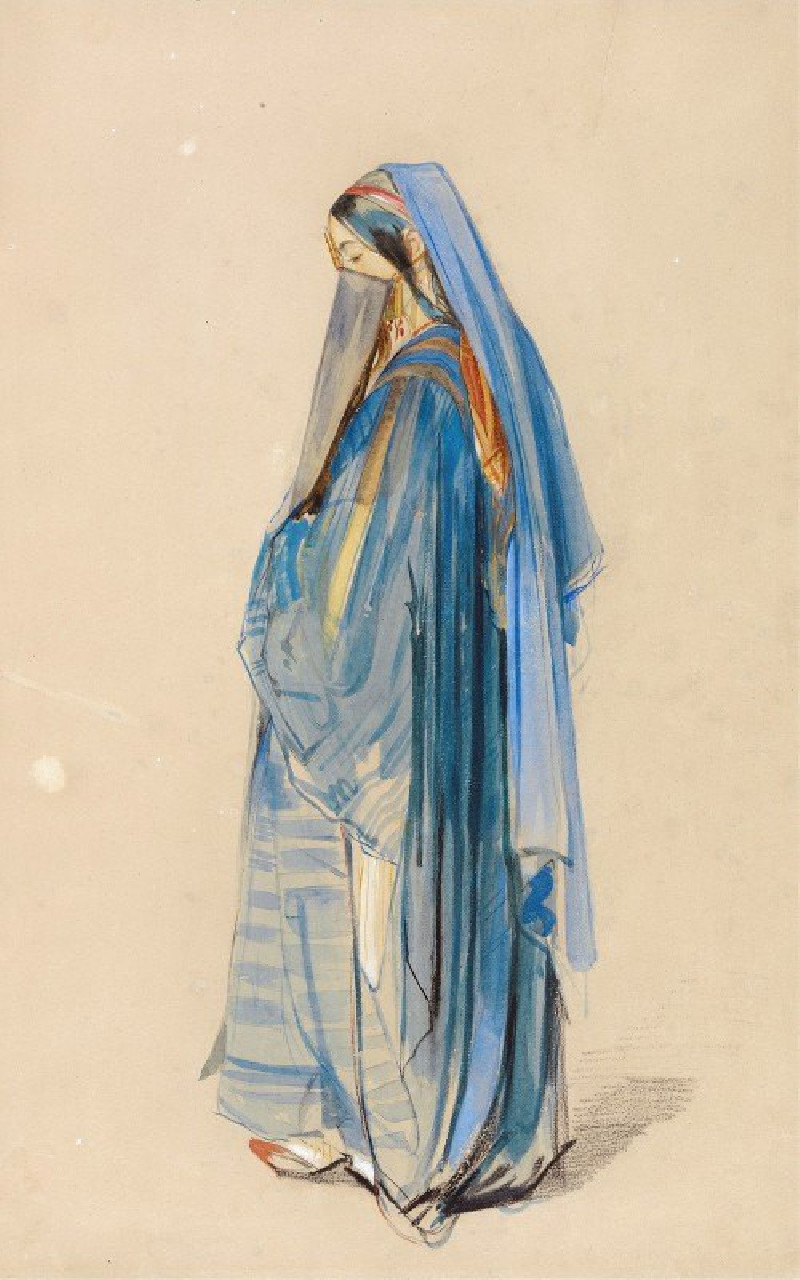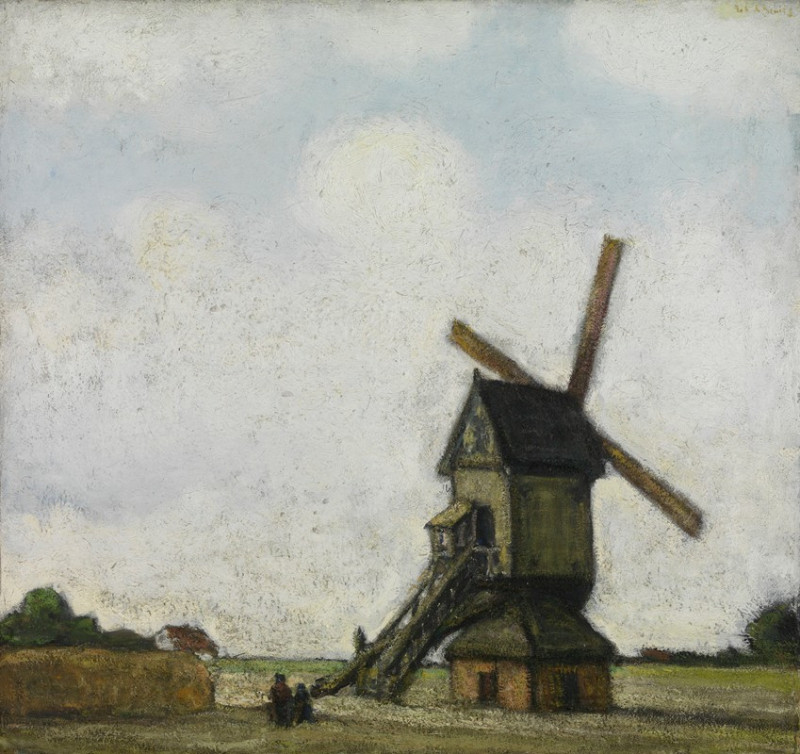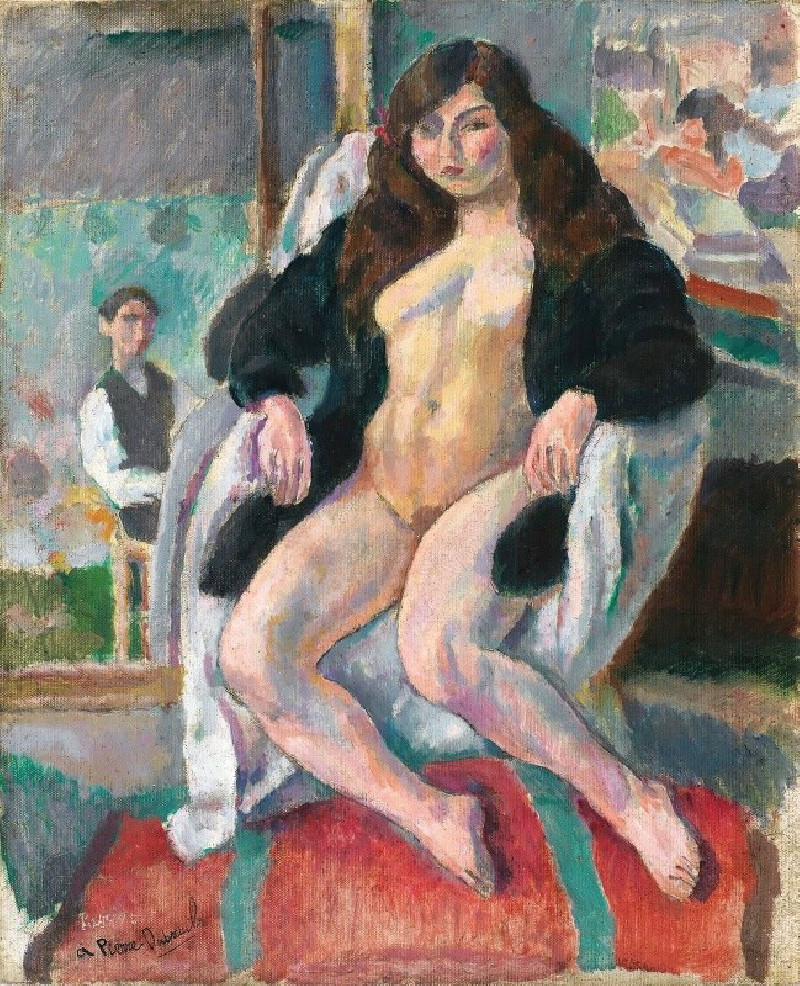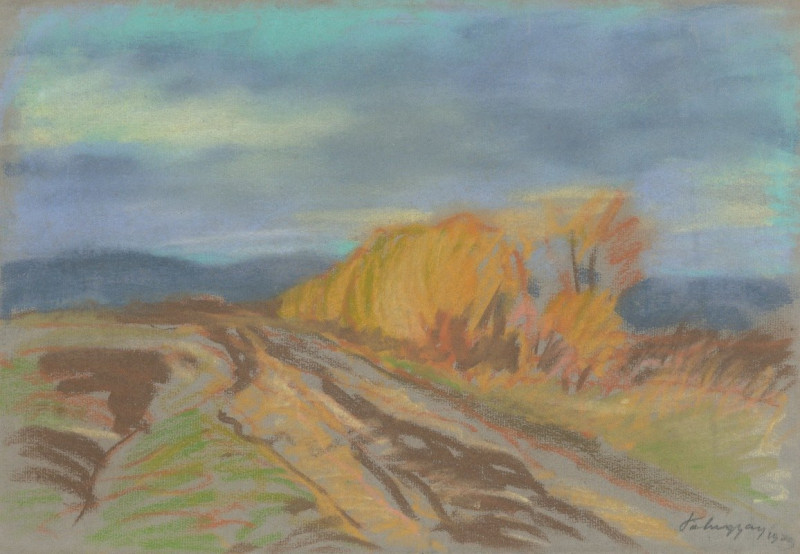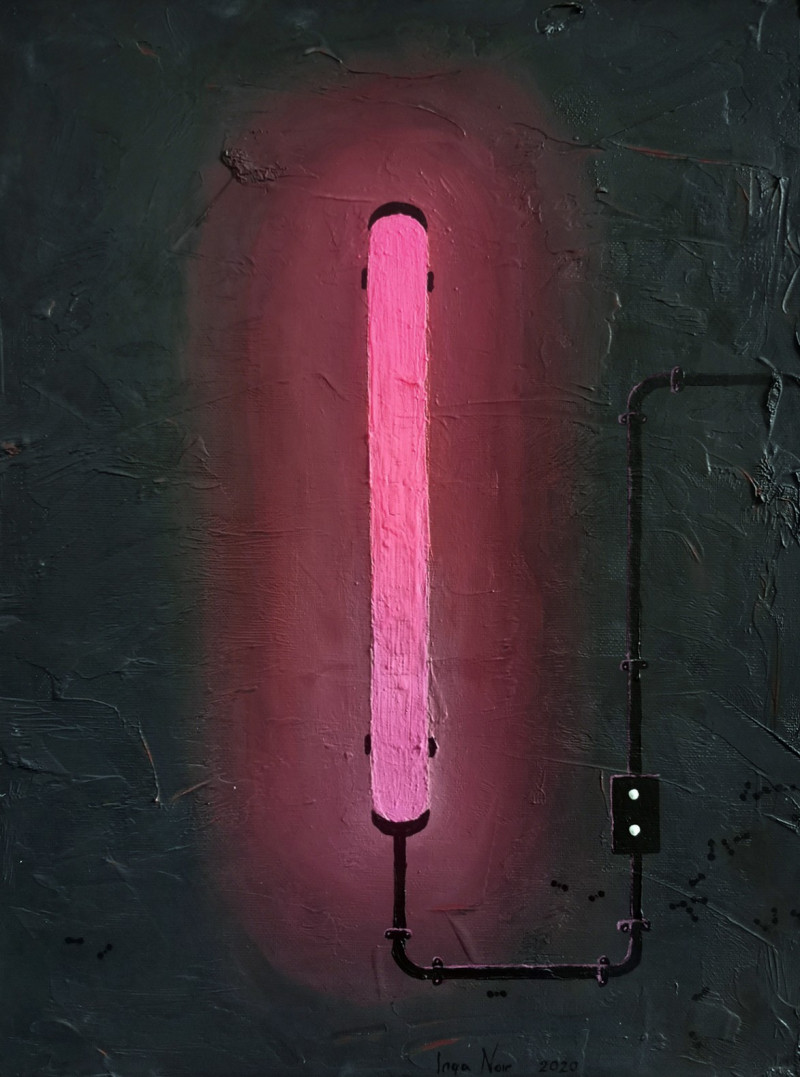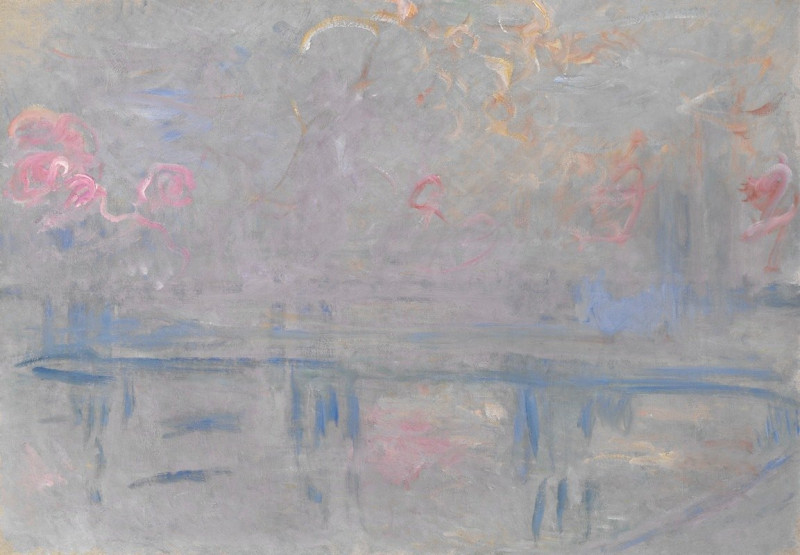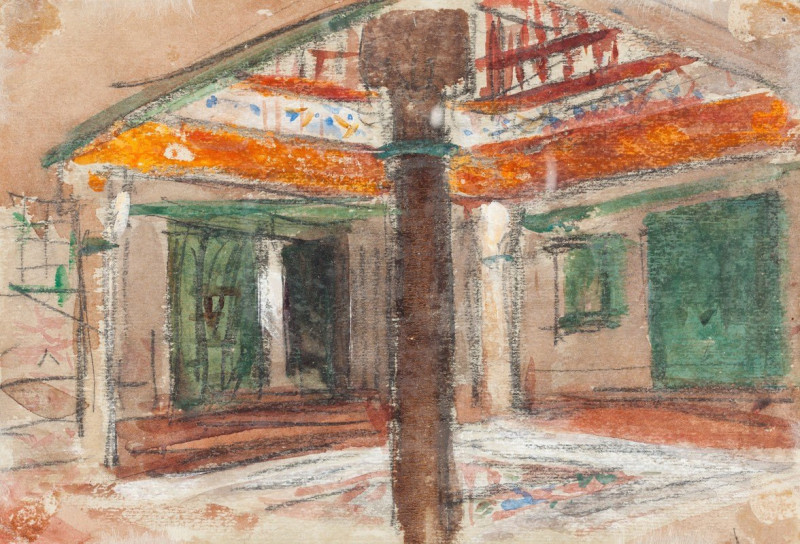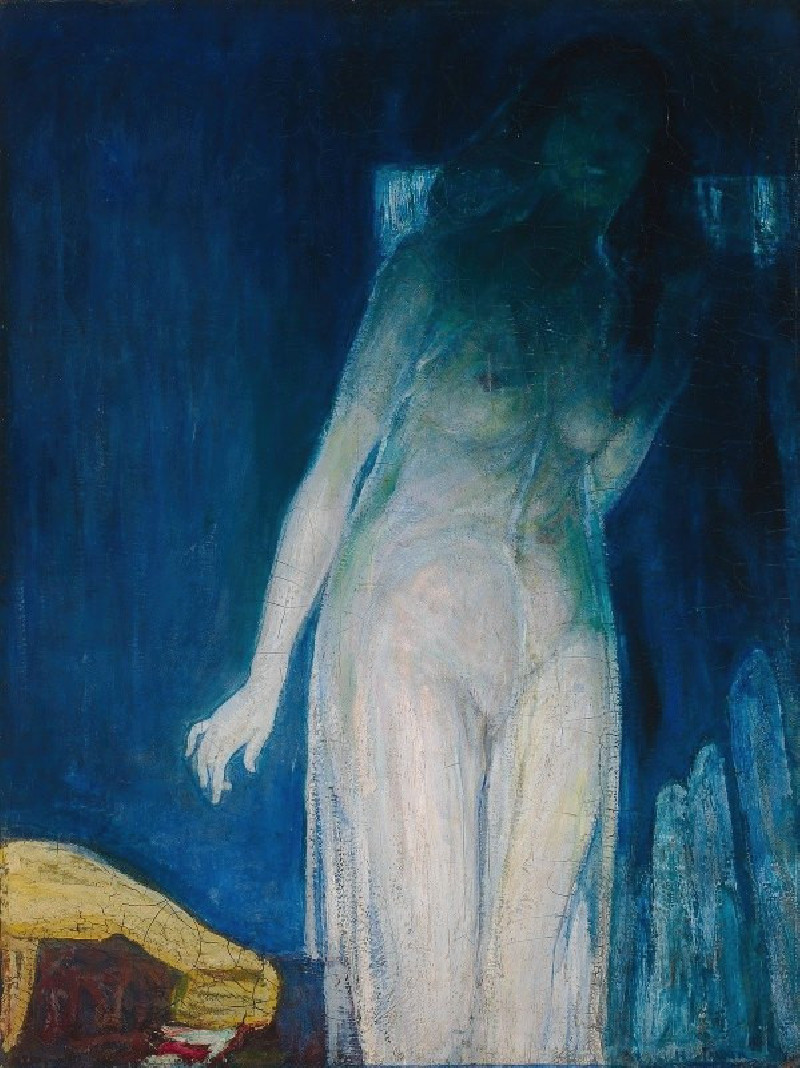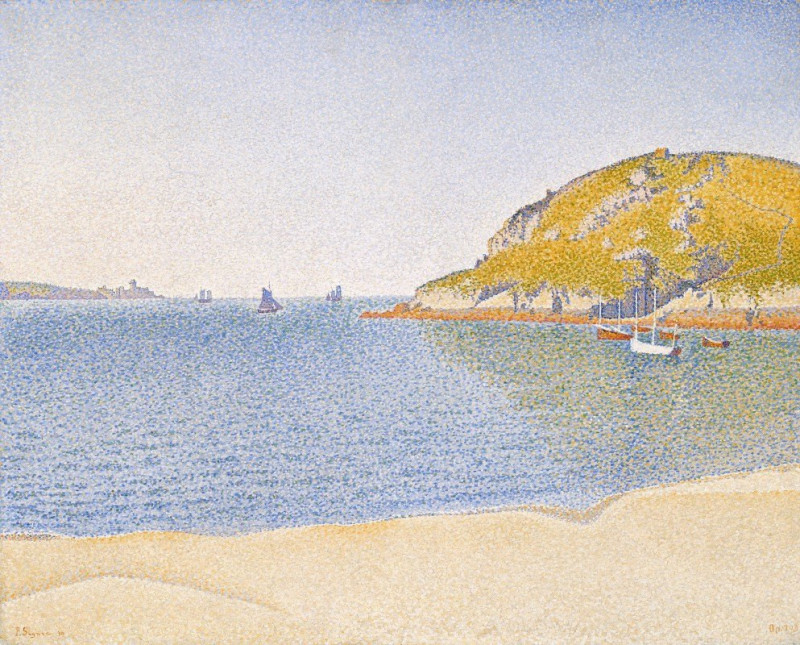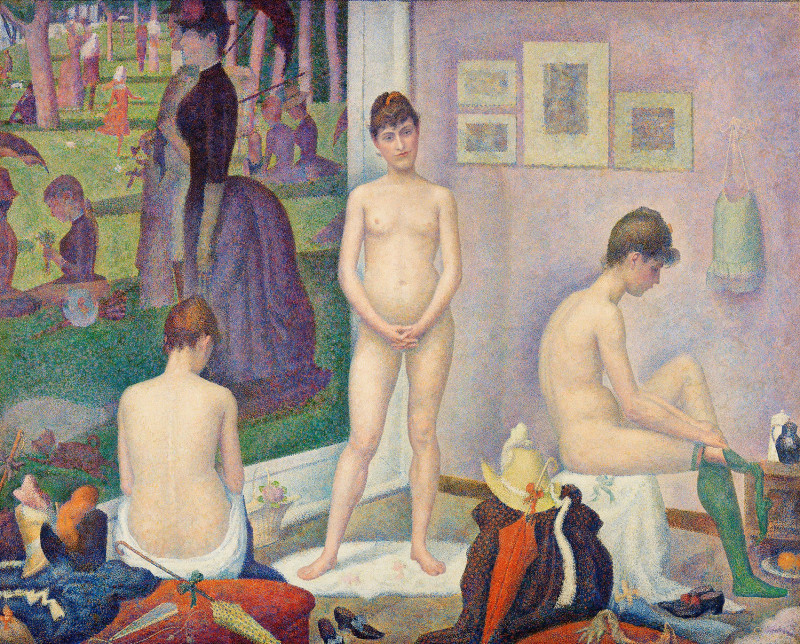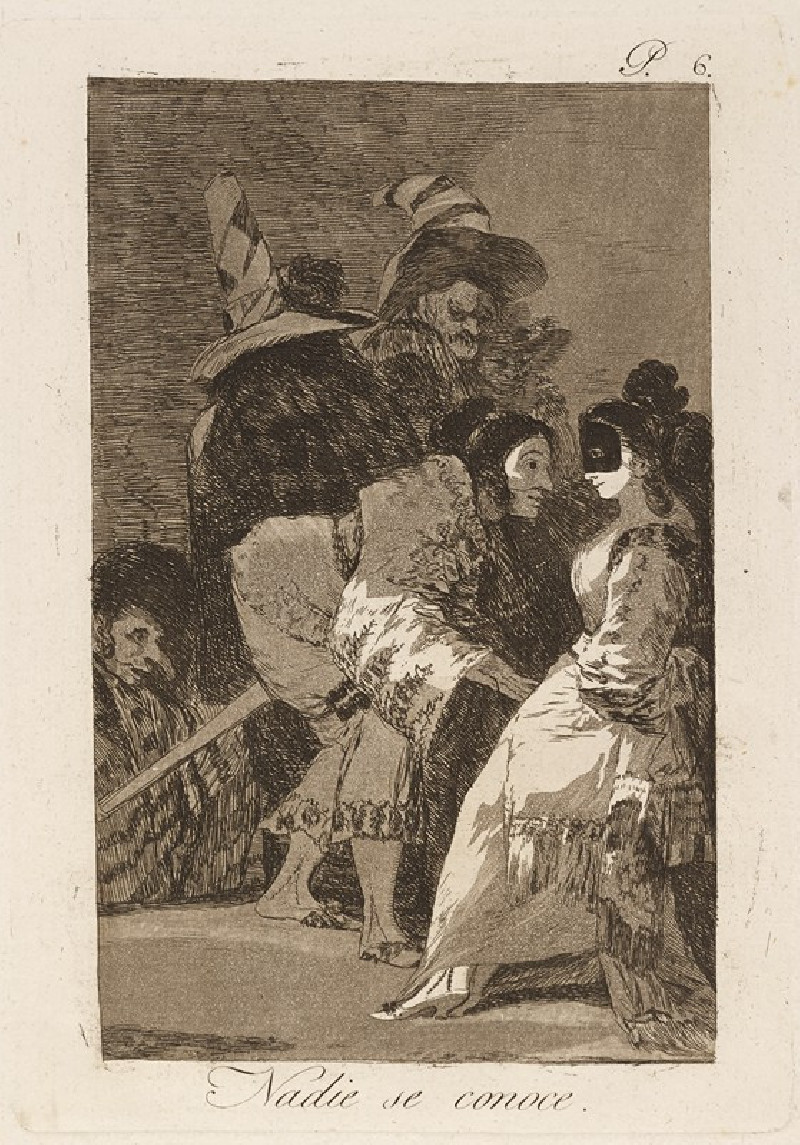The Ramesseum at Thebes
Technique: Giclée quality print
Recommended by our customers
More about this artwork
"The Ramesseum at Thebes," a painting by John Frederick Lewis, captures the compelling grandeur and time-worn elegance of the ancient temples at Thebes. In this beautifully detailed work, Lewis showcases the Ramesseum, the mortuary temple of Ramesses II, situated on the west bank of the Nile.The viewer’s eye is drawn across a landscape dominated by the massive, sunlit sandstone columns and archways of the temple ruins, evoking the power and enduring legacy of Egypt’s pharaonic past. Foreground details provide a contrast to the architectural monumentality: a figure rides a donkey, while another person lounges beside a resting camel, hints at the everyday life that continues amid these historic remnants. A pitched tent and scattered artifacts add to the sense of a living scene, set in a place where history and the present merge under the vast expanse of the Egyptian sky.Lewis’s skillful use of light and shadow, along with his attention to the textural contrasts between stone, sand, and fabric, enriches the visual experience, inviting the viewer to ponder the passage of time and the stories embedded in these ancient stones.
Delivery
Returns
John Frederick Lewis was an English Orientalist painter. He specialized in Oriental and Mediterranean scenes in detailed watercolour or oils, very often repeating the same composition in a version in each medium. He lived for several years in a traditional mansion in Cairo, and after his return to England in 1851 he specialized in highly detailed works showing both realistic genre scenes of Middle Eastern life and more idealized scenes in upper class Egyptian interiors with little apparent Western influence.

